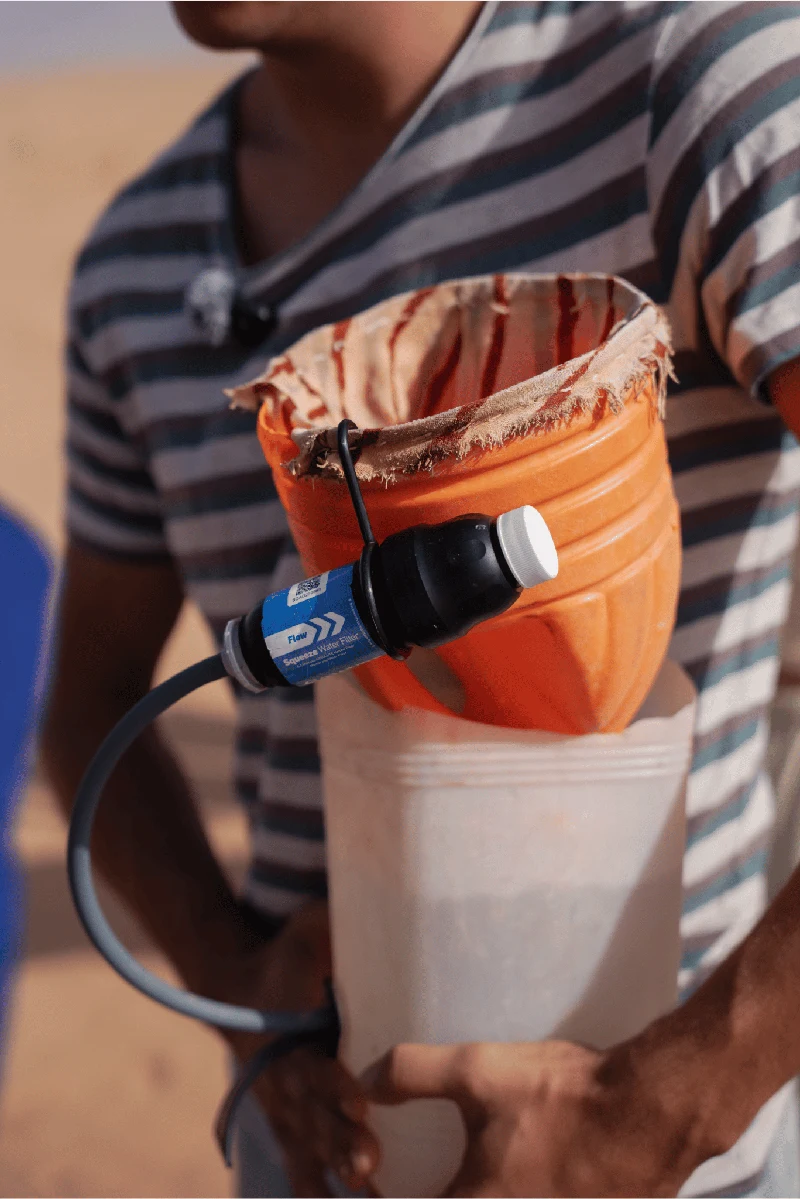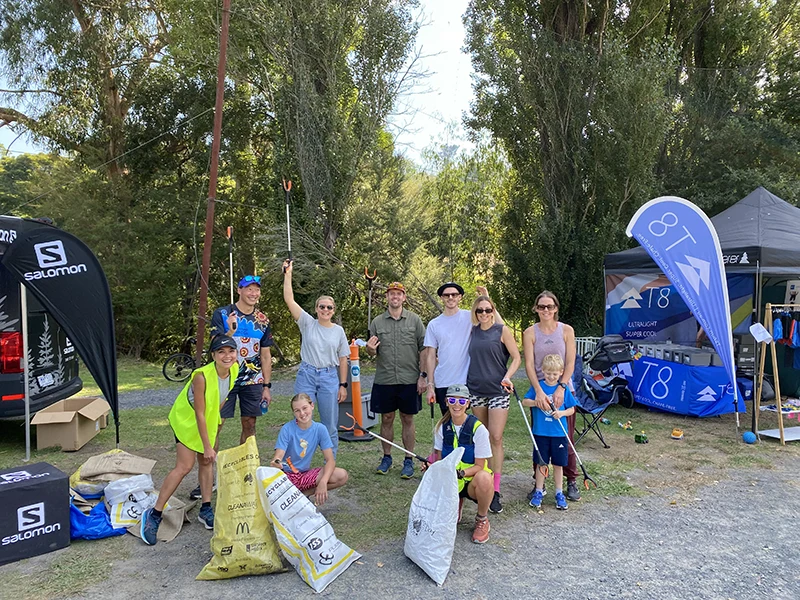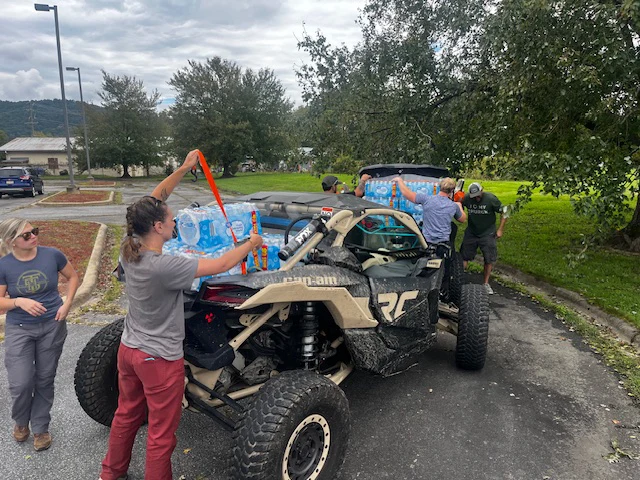

“Aren’t you afraid of bears?”
This is one of the most common questions I receive as a backpacker. And yet, as you’ll discover in this chapter, animals (bears or otherwise) are relatively low on the backcountry risk-factor list. Why, then, does everyone ask about them? Likely because when animal attacks do occur, they are sensationalized and feed our primal fears. But, most backcountry-safety concerns fall into other categories.”
~Excerpted from Adventure Ready: A Hiker’s Guide to Planning, Training and Resiliency

I started my hiking journey in 2001 by taking my first hike at the Grand Canyon. Two years later I thru-hiked the Appalachian Trail and have continued to hike, mountaineer and trail run in the backcountry logging tens of thousands of miles and countless hours—often solo—in remote places ever since. My relationship to backcountry safety and fear has evolved with every mile logged.
In the beginning, I was deathly afraid of bears and mountain lions. Yet, I was not afraid of many of the things that could realistically kill me (and several almost have!). My first hikes were at the Grand Canyon in the height of summer where temperatures were routinely in the triple digits. In the many miles I hiked there, I didn’t see rattlesnakes or mountain lions which were my fear and while I objectively knew I needed to drink a lot of water and be careful, it took a personal experience with heat exhaustion to understand the power that the weather has.
Backcountry safety begins with learning about the area you’ll be visiting. Investigating the climate, weather, animal life, human usage, route descriptions, and assessing your own physical abilities are key to keeping you safe in the backcountry. My newest book, Adventure Ready, seeks to guide readers in the process of discernment so they can prepare for the objective hazards they may face. While worry gets you nowhere, a general knowledge of risks and their avoidance prior to your trip can make a huge difference in the field.
The primary categories of backcountry safety are:
• weather and weather-based illnesses such as hypothermia and hyperthermia
• water quality
• snow travel
• navigation
• river fords
• injury
• animal interactions
• human interactions
Weather and climate top the list because, let’s face it, Mother Nature is all-powerful. Unlike day hiking where you end up back at your car, backpacking exposes you to all the elements and nighttime temperature drops. If you’re wet, you stay wet. If you’re cold, you stay cold. There is no heater to change your condition. An understanding of the types of weather and climate you may encounter as well as how to mitigate potentially dangerous conditions is key to staying safe in the backcountry.
Water in all of its forms—rain, snow, water fords, and drinking—is the second most important aspect of staying safe in the backcountry. Knowing how to stay dry, traverse snow slopes, judge water fords and choose appropriate options, as well as having a plan to ensure the water you collect is adequate and a way to make it potable are all important to having a safe trip. Water can be a hazard, but not having enough can kill you.

Proper knowledge of how to use a map and compass and GPS can keep you from getting lost. This can help stave off injury as well by keeping you on course. While injury itself can’t necessarily be mitigated, taking precautionary steps to eliminate objective hazards from your trip can reduce the likelihood. Having a basic first aid kit, safety beacon, plus the knowledge of how to use them is a tremendous safetjy boon.
While being attacked by a large wild animal is rare, there are animals that pose significant risk, but they are not the ones you think. Ticks and mosquitoes are the primary vectors of many diseases world-wide. They are also nearly unavoidable in the backcountry. Taking the appropriate precautions such as using permethrin to treat your clothing can greatly reduce your risk of being harmed by the most common animal attacks—disease bearing biting insects. Learning about the habits of and what to do if you meet other animals such as venomous snakes, bears, and large cats can give you peace of mind should you encounter one.

The human animal is the least predictable, however, luckily, it’s also extremely rare that you will meet a person in the backcountry that wants to do you harm. However, it does happen and your best defense is to listen to your intuition, camp away from areas near roads, and stick with other backpackers.
Staying safe in the outdoors includes a complex array of knowledge, skills, decision making, and nuanced judgements that can seem overwhelming. When I got the chance to write a comprehensive prescriptive guidebook to backcountry adventure with fellow thru-hiker Katie Gerber, we packed it with all the info we wished we’d had available when we started out. This includes backcountry safety, but also trip planning, nutrition, physical training, mental preparation, and so much more.
Our goal with Adventure Ready is to empower you plan for and go on your dream trip safely and enjoyably. Check it out at wordsfromthewild.net and give me a follow on Instagram (@_wordsfromthewild_ ) or Facebook (Words from the Wild) for more tips!

From the Squad
Campfire conversations with our community, from Squad Members and Ambassadors to Brand Partners and the Sawyer team.

















